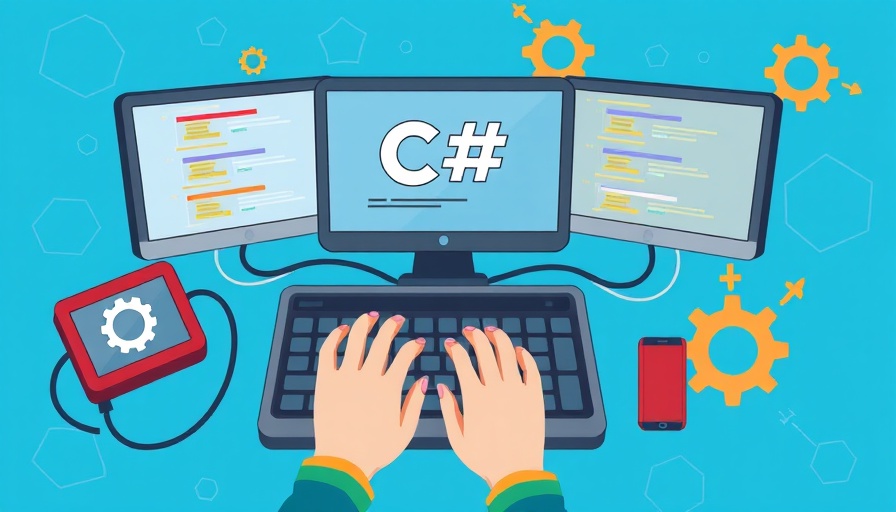
Understanding C# Threading and Multithreading
In the fast-paced landscape of modern software development, the ability to create responsive and efficient applications is paramount. As businesses push to deliver more engaging user experiences, understanding how to leverage C# threading and multithreading becomes an essential skill for developers. This guide offers actionable insights on implementing these concepts, aligning well with the interests of executives and decision-makers seeking to bolster their tech strategies.
The Core Principles of Threading in C#
At its essence, threading allows a program to manage multiple threads of execution, enhancing performance by enabling concurrent operations. A thread serves as a lightweight process; when a C# application starts, it runs on a single thread—often referred to as the main thread. While single-threaded applications can be straightforward, they may introduce inefficiencies, particularly with I/O-bound tasks that block the main thread. Here’s where multithreading shines.
Multithreading permits the simultaneous execution of multiple threads, each handling distinct tasks, thus improving the overall responsiveness of the application. For example, one thread may perform complex calculations while another updates the user interface, effectively preventing application freezes.
When to Choose Single vs. Multithreading
The decision to use single or multithreading depends on the specific tasks your application will handle. For sequential tasks or simpler operations, single-threading is adequate and easier to implement. However, for tasks that can operate independently—especially those involving time-consuming I/O operations—multithreading becomes invaluable.
Best Practices for Implementing C# Multithreading
Implementing multithreading in C# requires careful consideration and adherence to best practices to mitigate risks like deadlocks and race conditions. According to Microsoft's best practices, it’s advisable to avoid directly manipulating thread behavior through termination or suspension. Instead, utilizing the Task Parallel Library introduced in .NET Framework 4 can significantly simplify multithreaded programming.
When managing resources among multiple threads, ensure to implement proper locking mechanisms. Use Monitor, Mutex, or Interlocked classes to prevent deadlocks and race conditions effectively. These tools help maintain data integrity and application stability, crucial for any enterprise-level application.
Real-World Application and Future Directions
As businesses increasingly integrate advanced technologies, understanding multithreading is critical for executing scalable solutions. Utilizing multithreads in real-time applications, such as financial systems, enhances performance and improves user experience by managing multiple transactions seamlessly.
Looking toward the future, as AI and machine learning continue to evolve, the need for robust multithreading practices will only grow. Developers equipped with this knowledge can better optimize resources, create more responsive applications, and effectively address performance bottlenecks, setting a solid foundation for thoughtful decision-making at the management level.
Conclusion
Mastering C# threading and multithreading opens up myriad possibilities for application performance enhancement. As decision-makers look to invest in technology strategies, ensuring that development teams possess a solid understanding of these concepts will be crucial in navigating the complexities of modern software. Engage with your teams to unlock the full potential of your applications through effective multithreading!
 Add Row
Add Row  Add
Add 




Write A Comment